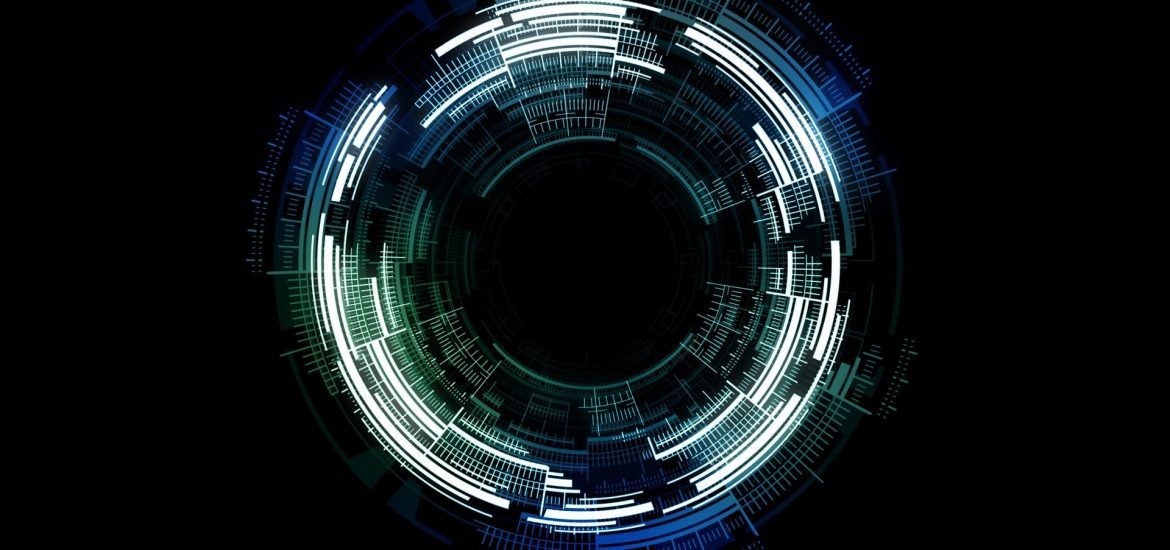
By modelling the behaviour of a simple yeast cell, researchers have arrived at a unique understanding of a machine-learning algorithm that can simulate basic cell biology, opening the door to revolutionary opportunities in science and medicine.
Last week, reports of a research paper published early in March came to light, detailing how yeast has become the basis for a system of Artificial Intelligence (AI) that can successfully model the structure and function of a eukaryotic cell. The paper was published March 5th in Nature Methods
The research project in question, headed by Trey Ideker of the University of California, San Diego, was first reported on in a news briefing from UC San Diego Health. Ideker and his team sought to turn the process of machine learning on its head for the betterment of biology.
Machine learning is achieved by a computer system called a neural network, in which many units (artificial neurons) are connected together in parallel layers in order to perform complex computational functions. How machine learning systems operate is typically a mystery – data is inputted into the system, and connections between units in the neural network map themselves across the system in order to “learn” how to compute the data and arrive at the best way to perform a desired function. For instance, machine learning systems have outperformed the best (human) Alpha Go players in the world, by analyzing millions of Alpha Go moves and their outcomes, and mapping connections in a neural network in order to learn the best way to play the game.
But science is not a game, and so if we hope to use machine learning to tackle problems of biology, we need to understand how these systems work. Ideker and his team at UC San Diego have rendered the normally-invisible inner workings of a machine learning system fully transparent by building a “visible” neural network (VNN) of a yeast cell. Because so much is known about the structure and function of a yeast cell, they were able to map all of the connections between units in the neural network themselves, something a machine learning system typically does on its own.
Beginning from the bottom up – from the building blocks of its DNA to its nucleus – Ideker and colleagues mapped a total of 2,526 known subsystems of a yeast cell to units in the parallel layers of a neural network, in effect, creating a virtual yeast cell that behaves just like a real one. In this case, the machine learning going on is not a mystery, it is “guided only by real-world cellular behaviours and constraints.” If researchers inputted information about changes in the cell’s DNA, the VNN would predict how the cell will grow and behave as it would as a cell in a real laboratory. If researchers inputted information that didn’t make sense biologically, the VNN could not arrive at any sound prediction. All the while, researchers could see, through the connections they mapped, what parts of the virtual cell where doing what when certain changes were made in its biology.
Though human cells are far more complicated than yeast cells, and much more data would be needed about the behaviour of human cells to feed a neural network, this research inspires a potentially ground-breaking method of studying cell biology in the context of human health. In place of lab experiments with real, live cells, AI systems could simulate how certain treatments would affect human cells through machine learning. VNNs could predict how cancer forms in humans, or how certain drugs would affect the growth of tumor cells.
Ideker told IEEE Spectrum last week: “If you could construct a whole working model of a human cell and run simulations on it…that would utterly revolutionize precision medicine and drug development.”
The final product of his team’s research, a VNN of a yeast cell they named “DCell”, can be viewed here.